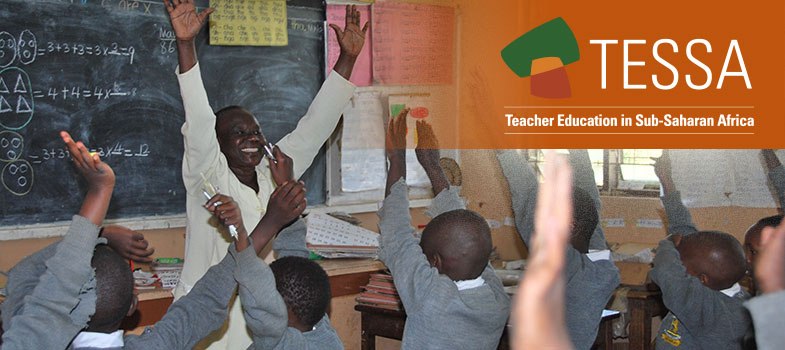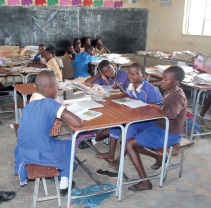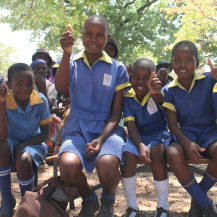The curriculum
frameworks provide an overview of the TESSA modules.
Welcome to the TESSA Zimbabwe main menu.

TESSA materials have been created and developed by experts working across a range ![]() of African countries. They are provided under an open creative commons licence and can be used and adapted for your own context as required.
of African countries. They are provided under an open creative commons licence and can be used and adapted for your own context as required.
TESSA materials are available in English, French, Arabic and Swahili
Click on the Content tab to access the resources.





